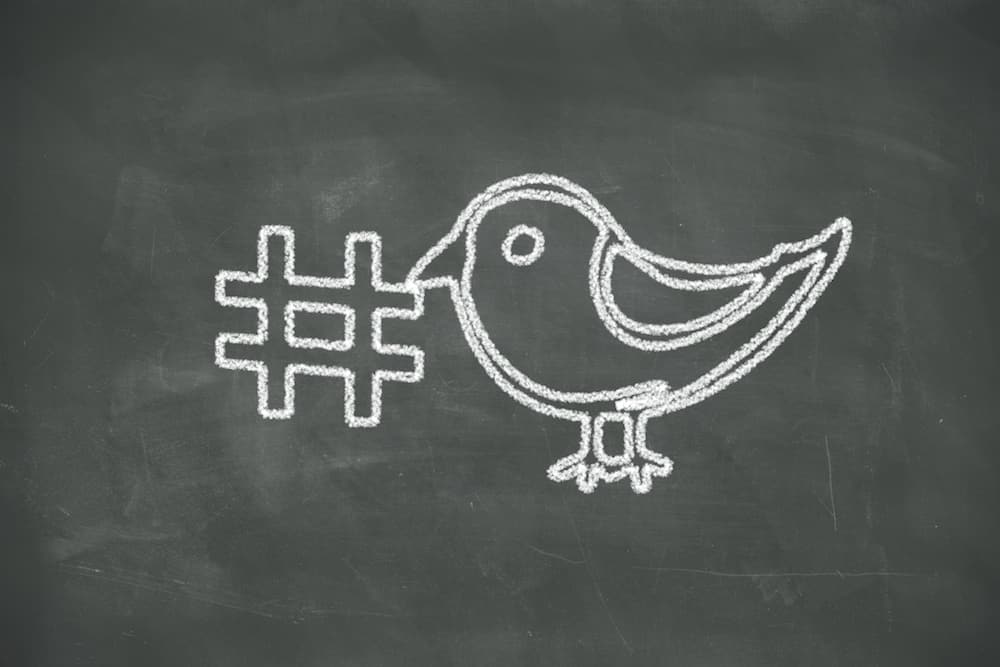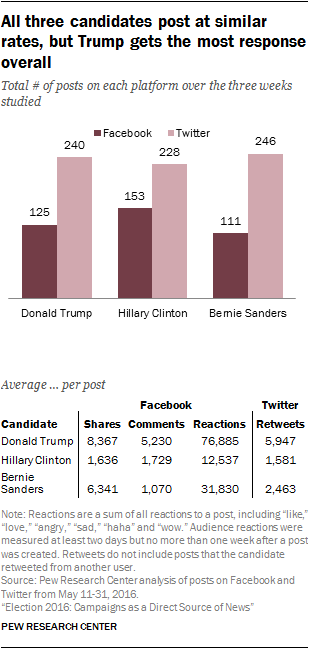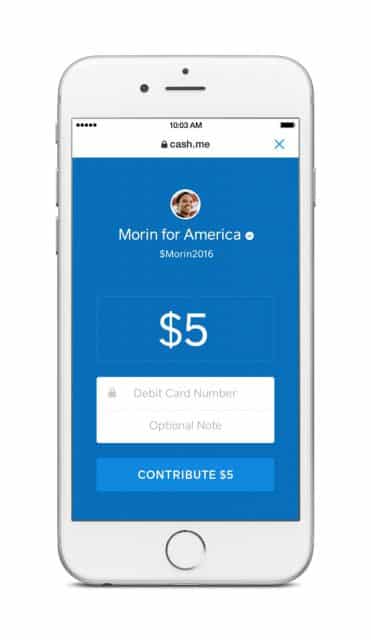While we all sat on the edge of our seats on Election Day, social media was spinning at a million miles an hour. Capturing every single detail and heartfelt emotion, social media was there.
It was used by candidates and it was used by supporters. In the middle of summer, almost a quarter of American adults claimed to go to social media for news and election information about Donald Trump and Hillary Clinton. That number continued to grow as election season came to an end and more and more users went to social media for election information and to voice their opinions.
Uncomfortable conversations were had, tons of advertisement money was spent, and candidates repeatedly attacked each other all on social media. But, that wasn’t all.
Read on to see the many ways in which social media was used throughout this election period.
Sides Were Publicly Taken on Social Media
Sharing political thoughts on social media is much easier, and possibly less risky, than posting a sign outside of your house or wearing one-sided clothing. Therefore, many took to the networks and declared their opinions on social media.
Throughout the entire election period we have all had to endure hashtags like #MakeAmericaGreatAgain and #ImWithHer attached to very opinionated posts from our friends, family, and followers. The memes have given us quite a few chuckles, but overall social media was used to declare frustrations or pick one side or the other publicly.
Many friends were unfriended or unfollowed based on such political posts. Whereas others grew in support as they discovered fellow followers were rooting for the same candidate.
Celebrities also weren’t afraid to voice their opinion, and are still sharing their thoughts about the election results on social media.
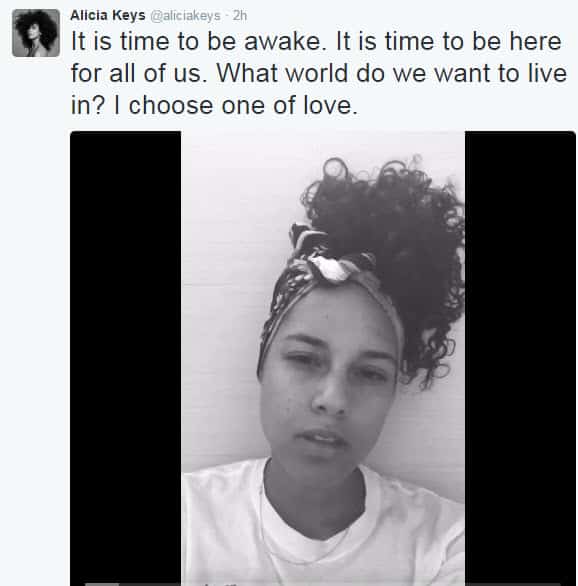
The Candidates Used Social Media to Gain Advantages
Like celebrities, the presidential candidates Hillary Clinton and Donald Trump went to social media to help grow their fan base and following. One of the many ways Clinton and Trump attempted to grow a social following was through showcasing their “coolness” and relate-ability.
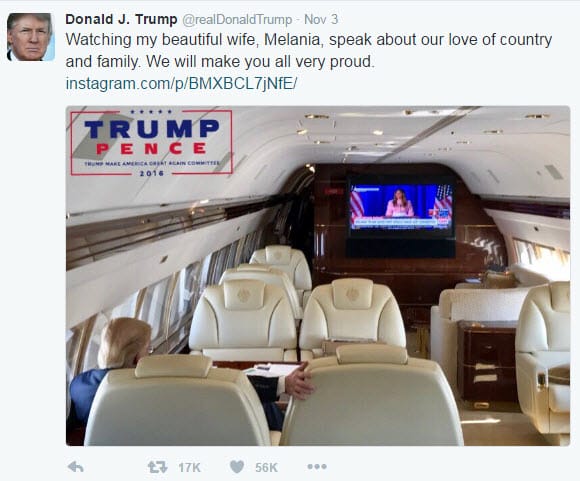
There were several failed attempts of this by both candidates, and Twitter was even taken away from Trump by his team shortly before Election Day to avoid the risk of “bad” tweets. Aside from the failures, the two candidates did push the envelope to make an appearance on as many social networks as possible, and make share trending posts.
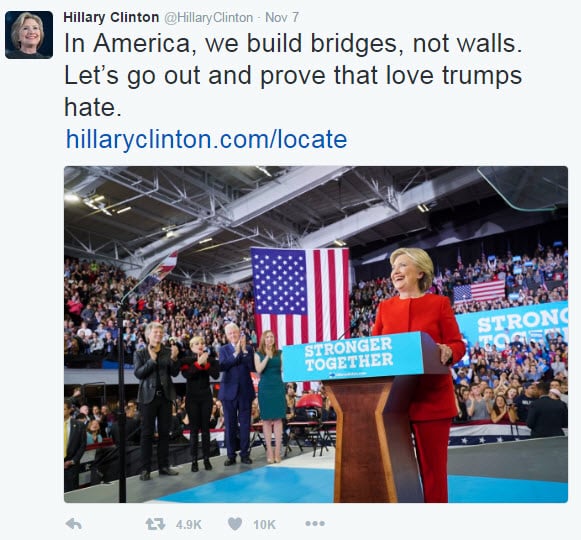
Even Snapchat filters were made for each candidate and encouraged supporters to snap new pictures and videos supporting their candidate on the trendy social network. At one time, Snapchat users could place their head inside of Clinton’s or take a photo with a frame stating, “Donald J. Trump vs. Crooked Hillary”.
On Facebook, Clinton linked a majority of her posts to official campaign communications and where to vote. Trump on the other hand chose to link to different news media in his posts. The new President of the United States also used video to his advantage and posted videos in about one-in-ten of his social media posts. Clinton only used video in about a quarter of her posts.
“I Voted” Was Finally a Popular Thing to Share
Over 218 million people were eligible to vote this year, yet only 128 million people actually voted. Even though there was still a tremendous amount of people who chose not to vote and protested against voting, those who did vote encouraged others to do so on social media.
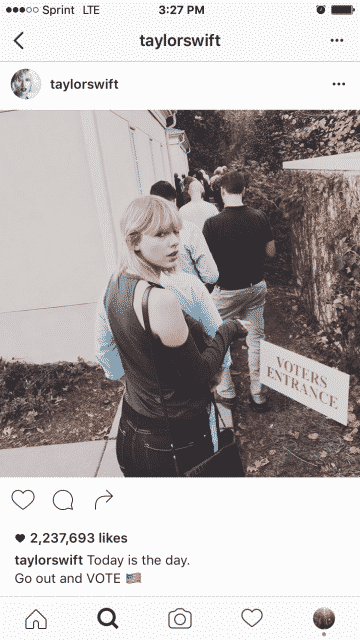
Using more than just a sticker, people posted photos and videos of them walking into buildings to vote or of their mail-in ballots. Thanks to social media, people had a place to share that they had voted and encourage their friends and family to do the same.
Celebrities also participated in the encouragement and shared posts and photos asking their fans to vote.
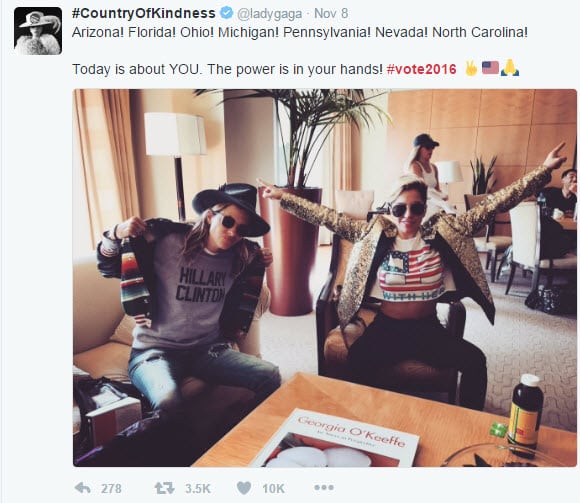
Social Media Engagement Throughout the Election Was in the Tens of Millions
By the time Trump was announced POTUS, over 75 million tweets related to the election were sent as of 3am ET on Wednesday. Back in 2012, that was a much smaller number around 31 million tweets. Clearly social media engagement has sky-rocketed and people are taking a stance and voicing their political opinions on social media.
Facebook said that it’s network had over 115 million people posting about the election and generated 716 million likes, posts, comments and shares related to the vote.
Followers Could Monetize Their Support
Back in August of 2015, Twitter shut down two apps that collected and displayed deleted tweets from politicians. Although that didn’t stop us smaller non-app individuals from still storing screenshots of deleted tweets, it did help candidates feel more secure about their tweeting and deleting during campaigning.
During this time, Twitter made a new relationship to help shine a positive light on the election and continue to encourage the political conversations on Twitter in a more positive manner.
Twitter partnered with Square and allowed people to tweet donations to their preferred parties and candidates to extend support in a monetary way on social media.
“We’ve developed tools like country-specific notifications that remind people to register to vote, richer Tweets that make email collection for campaigns easier, and real-time audience tailoring so advertisers can better identify and target relevant conversations.
By partnering with Square to enable donations through Tweets, and as the 2016 election season heats up, we’ve upgraded these tools through which citizens can raise their voices to champion causes and candidates they support.”
Did you notice your social media feeds filled with election talk? Comment below with how you saw social media and the elections connect!
